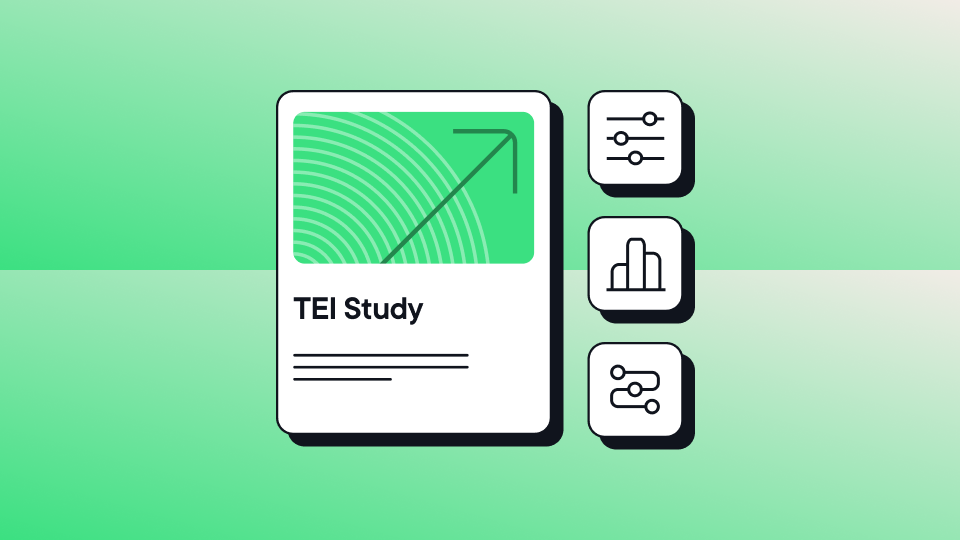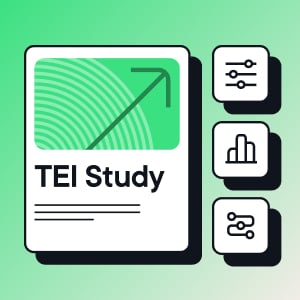For years, SEO (Search Engine Optimization) has been the bedrock of online visibility, a meticulous craft of keywords, backlinks, and technical wizardry designed to rank highly on Google. But with the rapid growth of AI-driven search—think Google AI Overviews, Perplexity, and ChatGPT—the game is changing.
Being number #1 on Google is still important, but we also need to consider how we show up in AI-generated answers, smart assistants, and summary panels. With this new reality it demands a new approach: Answer Engine Optimization (AEO). Your Content Management System (CMS) needs to be more than just SEO-friendly; it needs to be AI-visible.
Join us in exploring how AEO differs from SEO, why it matters, and how us marketers can adapt.
💡What is AEO?
|
Is AEO replacing SEO?
AEO, is not replacing SEO; it's evolving it. Think of it less as a hostile takeover and more as a sophisticated upgrade. The goal of traditional SEO is to drive organic traffic by relying on how well your content satisfies search engine algorithms and how effectively it matches user queries.
AEO, on the other hand, is about optimizing your content so that AI models can easily understand and accurately present it in their responses. For us this means we have to shift our strategy beyond simple keywords and extend it to:
- Structured Content: Breaking down information into digestible, machine-readable blocks.
- Semantic Markup: Using schema.org and other structured data formats to explicitly tell
- AI what your content means, not just what it says.
- Entity-Based Optimization: Ensuring your content is associated with specific entities (people, places, things) that AI models can recognize and connect.
- AI-Readable Formats: Adapting content for various AI outputs, from concise summaries to conversational answers.
In essence, SEO helps search engines find your content, whilst AEO helps AI understand and utilize your content. Both are crucial for visibility in 2025 and beyond.
Do I need both AEO and SEO?
Absolutely! It's not about picking between AEO and SEO; it's about bringing them together. Think of them as two essential parts of the same strategy, both working to make sure your brand gets found and understood.
- SEO is your foundation: This is what makes sure your website is technically sound, easy for search engines to crawl, and ultimately discoverable. Honestly, without a strong SEO strategy, your amazing content might never even get noticed by the AI models that could leverage it.
- AEO is your AI amplifier: Once your content is discoverable, AEO steps in to make sure AI can easily understand and use it. This means your valuable insights could pop up in AI Overviews, voice search results, and even chatbot responses, taking your reach way beyond just a click on a search engine results page.
Ignoring either one means you're missing out on huge opportunities. A solid SEO strategy will keep driving traffic to your site, while a smart AEO approach will set you up for success. The top CMS platforms out there are the ones that help marketers master both!
What are the key differences between AEO and SEO:
|
SEO vs. AEO at a glance |
||
| SEO | AEO | |
| Primary Channel | Google, Bing, Yahoo | Google Ai Overviews, ChatGPT, Gemini, Perplexity, Claude |
| Goal | Rank high in search results | Be referenced or cited in AI-generated answers |
| Core Strategy | Keywords, backlinks, technical SEO | Structured data, semantic clarity, authoritative sources |
| Content Format | Web pages, blogs, landing pages | Knowledge-based, concise, answer-driven content |
| Measurement Metrics | SERP rankings, organic clicks, dwell time | Mentions in AI answers, citation tracking, conversational visibility |
| User Journey | Search→ Click→ Visit website | Question→ AI answer→ Source mention or summary |
How do you measure success when it comes to AEO?
While metrics like page views and organic rankings are still important, AEO brings some new and exciting ways to measure performance beyond traditional SEO metrics.
- AI Visibility Score: Think of this as a comprehensive metric that tells you how often and how prominently your content is showing up in AI-generated answers, summaries, and conversational interfaces. It's about being seen where AI is talking.
- Citation Count & Share of Voice: This is all about tracking how frequently AI models are actually citing your website as a source. Even more, it measures what percentage of AI-generated answers in your specific niche are referencing your brand. Are you becoming an authoritative voice for AI?
- Direct Answer & Featured Snippet Presence: While these aren't entirely new, they become even more critical with AEO. Why? Because AI models frequently pull information directly from these highly visible search engine results features. Securing these spots is paramount.
- AI Exposure Rate: This is a powerful new metric that quantifies the likelihood of your content being discovered and utilized by various AI systems. It's about maximizing your content's reach within the AI ecosystem.
- Semantic Relevance & Entity Recognition: We're talking about tools that dive deep into your content to analyze how well AI understands the core entities and concepts within it. This essentially tells you how "AI-ready" your content truly is.
- Traffic from AI Referrals: As AI interfaces become more sophisticated and integrated into daily life, you'll start seeing new referral sources. These will directly indicate traffic that originated from AI interactions, showing you the tangible impact of your AEO efforts.
It's just a matter of time until we see new tools emerge that can track AI visibility with the same precision we currently use for search rankings. But here's the thing: those who jump on this early are going to have a significant head start. This is where Optimizely CMS shines. With its strong focus on structured content, AI-readable schemas, and robust analytics, it's designed to help you track and optimize for these emerging AEO metrics. It's not just SEO-friendly; it's built to be AEO/GEO-ready as well.
The Bottom Line
It truly boils down to this: SEO is still vital for getting found in traditional search engines. But let's be real, more and more people are using AI chat tools, and that's where AEO steps in to keep your content visible within those generative responses.
Think of AEO not as a replacement for SEO, but as its natural evolution. Just like SEO moved beyond simple keyword stuffing to focus on user intent, AEO is the next big step.
For us marketers, this means a dual approach is essential. We need to maintain those strong SEO fundamentals, ensuring our websites are discoverable. But at the same time, we must enhance our content's semantic structure, boost its credibility, and clarify our data for these generative AI engines. If you can master both of these, you will be ahead of the curve. Visibility isn't just about being seen anymore; it's about being trusted by machines.
- Last modified: 10/21/2025 2:01:00 PM


